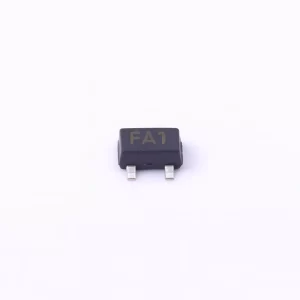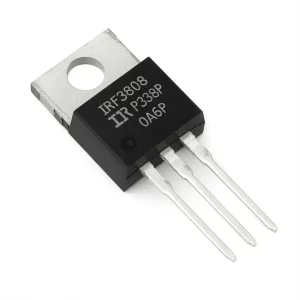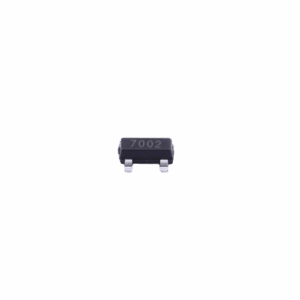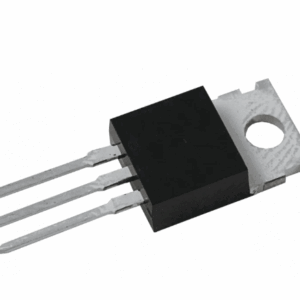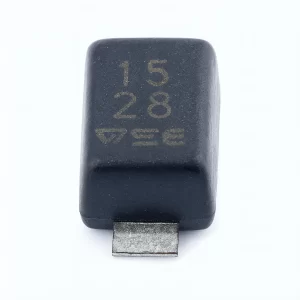Discrete Semiconductors
Showing all 6 results
- 500mΩ RDS(ON) @ 2.5V – Superior efficiency in low-voltage systems
- SOT-523-3 Package – Fits high-density PCB designs
- 600mA Drain Current – Handles robust loads in portable electronics
- Ultra-low conduction loss: RDS(on) 5.9 mΩ typ., 7 mΩ max @ VGS = 10 V, ID = 82 A.
- High current & ruggedness: ID = 140 A (Tc = 25 °C), IDM = 550 A, repetitive avalanche allowed up to Tj(max).
- High-temperature operation: qualified for 175 °C junction temperature with low RθJC = 0.45 °C/W for efficient heat flow.
- AEC?Q101 qualified - Meets automotive-grade component reliability standards
- PPAP capable - Supports Production Part Approval Process documentation
- RoHS compliant construction - Eliminates hazardous substances (Pb, Hg, Cd, etc.)
- Halogen/BFR free - Environmentally friendly material composition
- High-Efficiency TrenchFET Structure
The SUM85N15-19-E3 employs Vishay’s advanced TrenchFET® technology, offering exceptionally low Rds(on) and optimized switching performance to reduce energy losses in demanding power systems. - Robust Automotive-Ready Design
With a 150 V breakdown voltage, 85 A current rating, and operation up to 175°C, this MOSFET is built to withstand the harsh conditions of automotive EPS, ABS, and DC/DC environments. - Thermally Optimized D2PAK-3 Package
The low thermal resistance D2PAK-3 package enhances heat dissipation, enabling a high power dissipation of 375 W and stable long-term performance even under heavy load.
- Ultra-Efficient: Just 720mV Vf @ 2A reduces thermal stress
- Automotive Tough: AEC-Q101 certified (-55°C to +175°C operation)
- Space-Smart: DO-219AB (2.9×1.9mm) fits high-density PCBs
Discrete semiconductors are standalone electronic parts performing single functions, including diodes, transistors (BJT, FET, MOSFET), thyristors, and rectifiers. Unlike integrated circuits (ICs), they handle specific tasks like amplification, switching, or power control. Selection depends on voltage, speed, and thermal requirements for the application.
BJT vs. MOSFET for switching: Which should I choose?
For high-speed, power-efficient switching (e.g., PWM, digital circuits), MOSFETs excel due to voltage control and minimal gate current. BJTs, being current-controlled, suit analog amplification but have higher power loss in switching. Prioritize MOSFETs for fast, low-power switching and BJTs for linear control.
Key diode selection parameters?
Critical specs include:
- Forward current (IF): Max continuous current.
- Reverse voltage (VR): Peak blocking voltage.
- Reverse recovery time (trr): Critical for high-speed switching (use Schottky diodes for <10ns).
Also consider power dissipation and package type (e.g., through-hole vs. SMD).
Why is thermal management vital for discrete semiconductors?
Overheating reduces lifespan and reliability. Power devices (e.g., MOSFETs, rectifiers) require heatsinks, thermal pads, or PCB copper pours to dissipate heat. Always check junction temperature (Tj) limits and derate components in high-temperature environments.
Can I interface discrete semiconductors directly with microcontrollers?
Yes, but ensure compatibility:
- BJT/MOSFET switching: Add base/gate resistors to limit current/voltage.
- Logic levels: 5V/3.3V MCUs may need level shifters for high-voltage transistors.
- Current drive: Verify MCU pins can supply enough current for the load.

